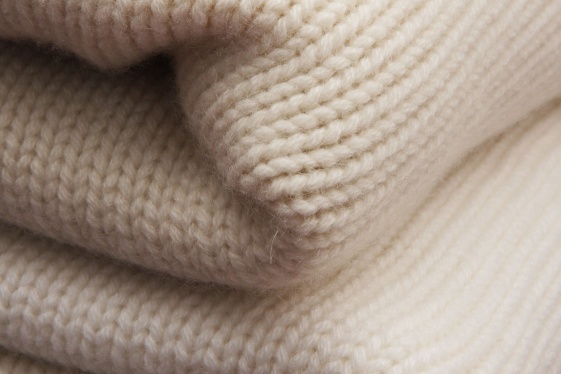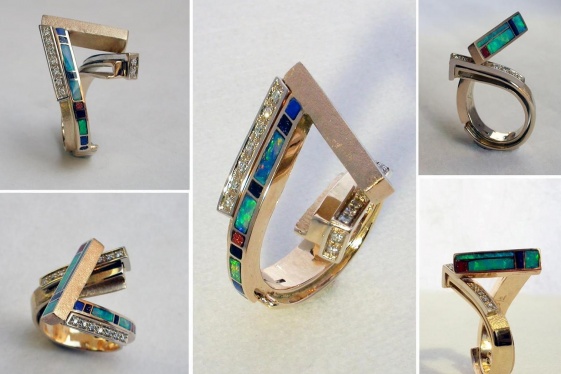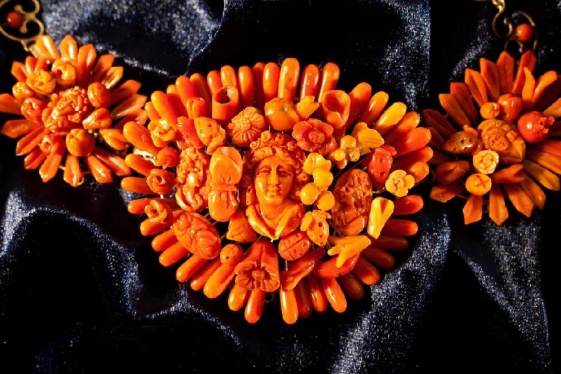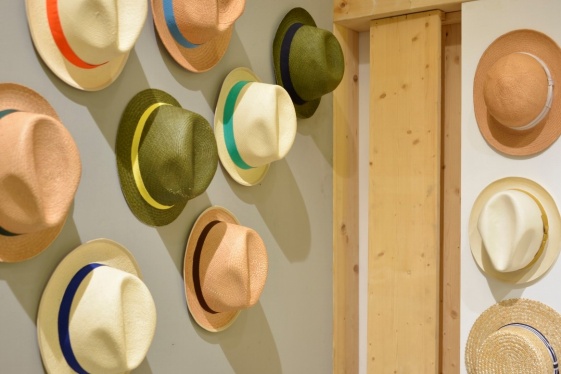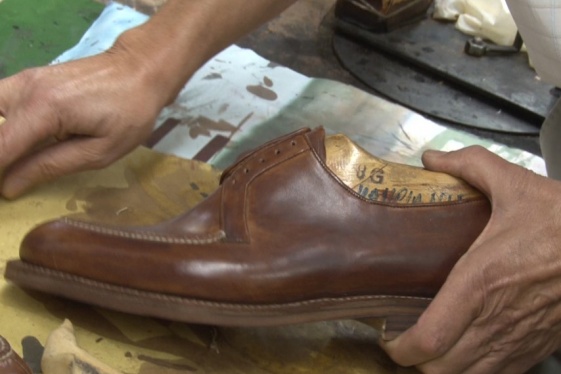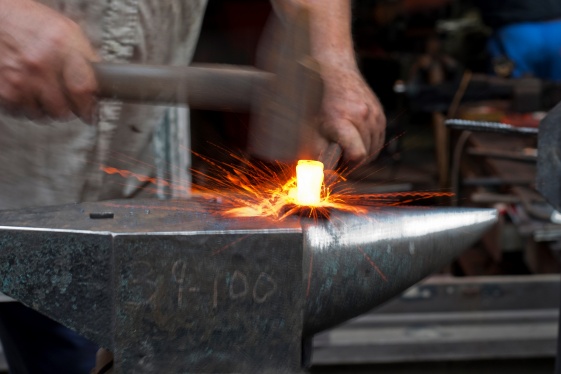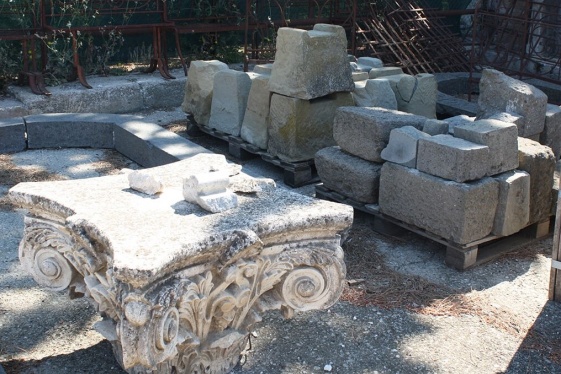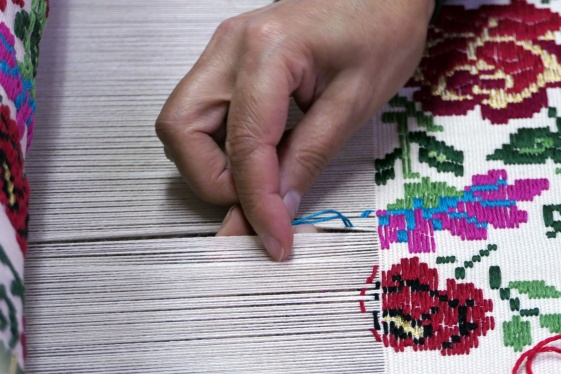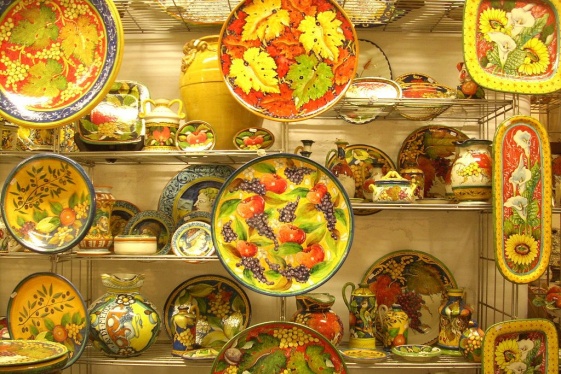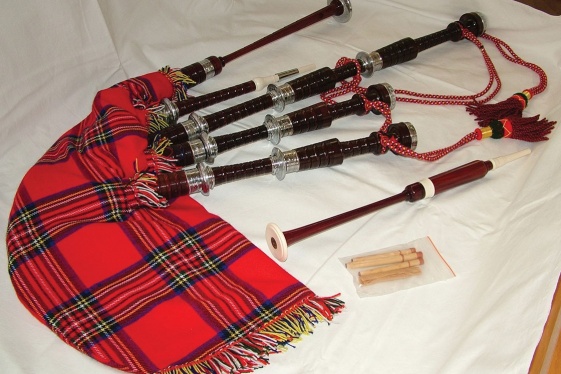Italian handcrafts: Perugia Knitwear
In the 12th century, tapestries and tablecloths were woven in the Umbria area using the French “bird’s eye” motif technique. These embroideries were created primarily on fabrics, often for use in a liturgical setting, and featured geometric shapes or stylized animals and people. Over the following centuries, tablecloths from Perugia were used throu...
READ MOREItalian handcrafts: Gorizia Jewellers
In the area that is today Friuli Venezia-Giulia, since ancient times, various populations such as the Euganeans and Venetians have contributed to the development of metal crafts and metal processing. Jewellery making is the barbarian art par excellence. The filigree and silver and gold plating decorate a nomad body like a welcoming space. Shi'ite a...
READ MOREItalian handcrafts: Coral from Trapani
In ancient times coral finds its popularity as an amulet, as evidenced especially by the classic "cornetto", Italian for "little horn" or "hornlet", an amulet worn to protect against the evil eye. It was believed also to have beneficial effects on female fertility and to protect children from harm. Widespread belief among the Romans, who used to pu...
READ MOREItalian handcrafts: Biella hats
The production of hats in Biella is a tradition that dates back to 1700. As with textiles, this type of activity developed largely because of the mountainous location at the foot of the Alps, which precluded extensive crop cultivation, favouring the breeding and rearing of sheep for wool and textiles. Thus it is no coincidence that hat factories we...
READ MOREItalian handcrafts: Shoemaking in Macerata
In the summer of 1325, the process for the canonisation of St. Nicholas of Tolentino took place in some towns in the Marche. 371 witnesses from various socila backgrounds were invited to testify in the presence of the papal legates, who were to receive news and testimonies on the life and miracles of the saint.Among the testimonies presented was on...
READ MOREItalian handcrafts: The Wrought Iron of Campobasso
The iron age came after the stone and bronze ages and dates back to 1000 BC. The use of iron spread more slowly, however, because it was only understood much later that the molten mass obtained in the first stone furnaces needed to be heated again to produce the pliable metal that we know today. This is wrought iron, which represents the artistic e...
READ MOREItalian handcrafts: Viterbo Stone
The richness of the Tuscia subsoil has caused this area to become an important centre for the processing of stones, especially peperino (a type of volcanic tuff), which is worked by hand by particularly talented stonemasons, who have turned stone into an art form by creating interior and exterior fixtures, restorations, coverings, flooring, garden...
READ MOREItalian handcrafts: The carpets of Sardinia
In the Oristano area, as in many Sardinian towns, the craft of weaving has always been the prerogative of women, at first mostly for domestic purposes and later as a business activity. The first type of production was mainly to provide for girls’ dowries and was woven at home using a wooden loom, a tool found in almost every house. In the 1960s the...
READ MOREItalian handcrafts: Montelupo Ceramics
The kilns of Montelupo began producing the first “archaic majolica”, decorated with copper and manganese, as far back as the end of the 13th century, subsequently developing this activity over the course of the following century. By the end of the fourteenth century, Montelupo was one of the driving forces in the renewal of majolica techniques and...
READ MOREItalian handcrafts: The Zampognas of Scapoli
The origins of bagpipes are lost in the mists of time: in the prehistoric era there is evidence of wind instruments made of pipes with holes and reeds to modulate the sound. The presence of similar flutes spread through the various villages of the Mediterranean area from the 3rd millennium BC, while pairs of reeded pipes, known as “auloi” by the Gr...
READ MORE


